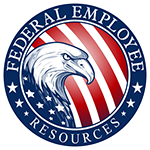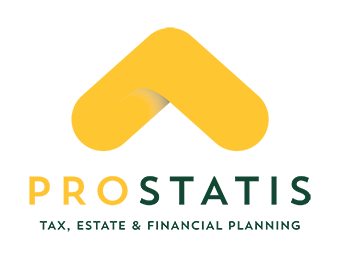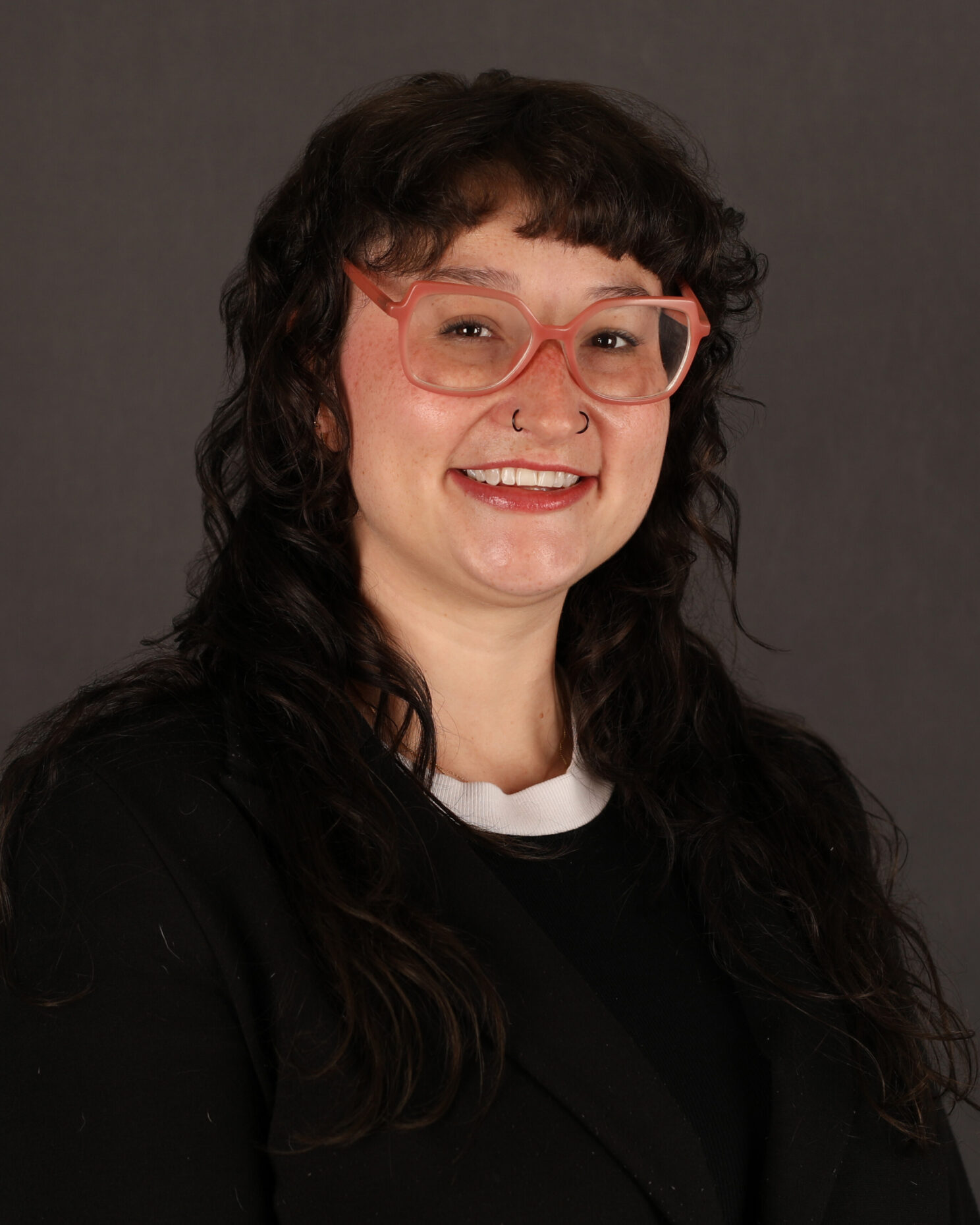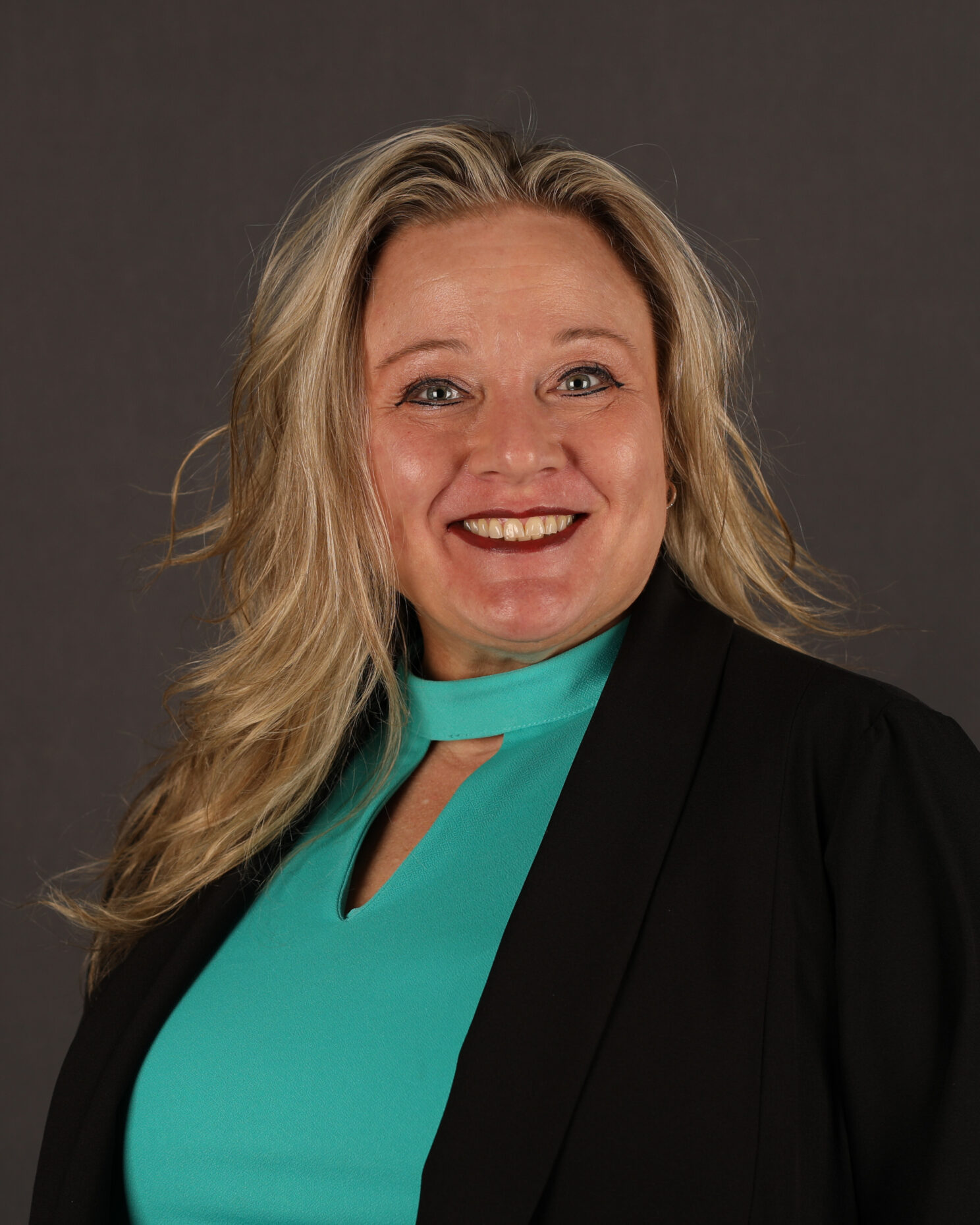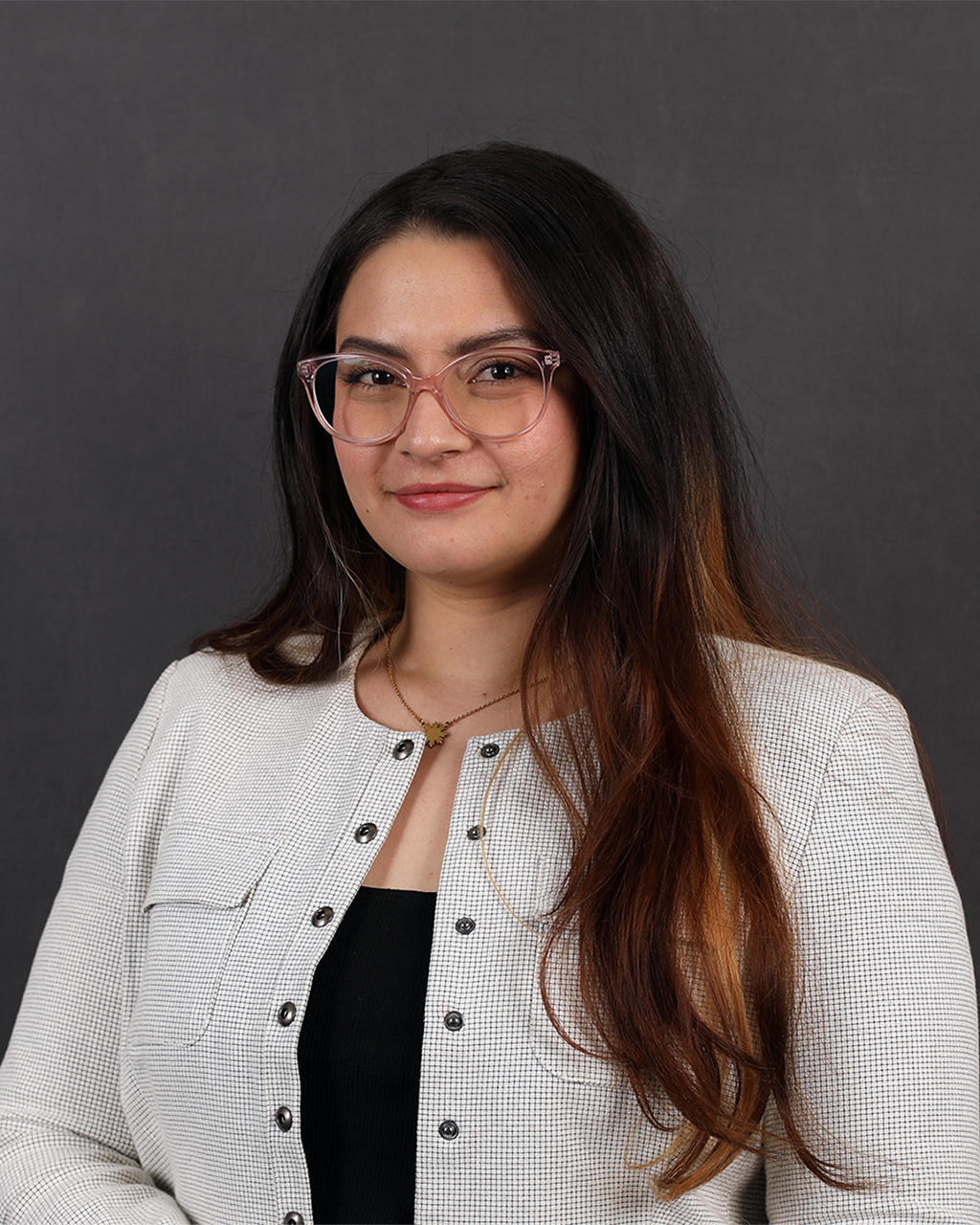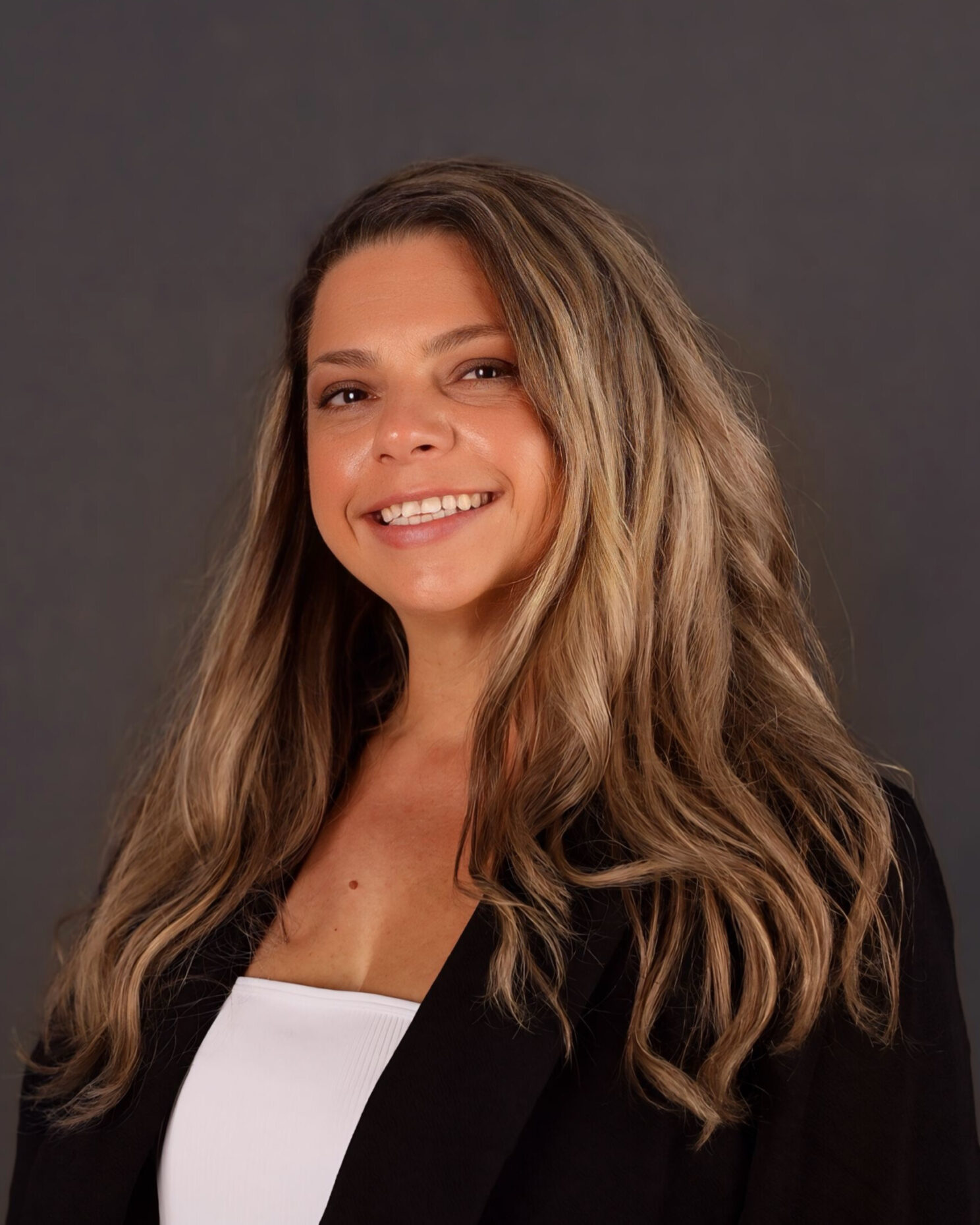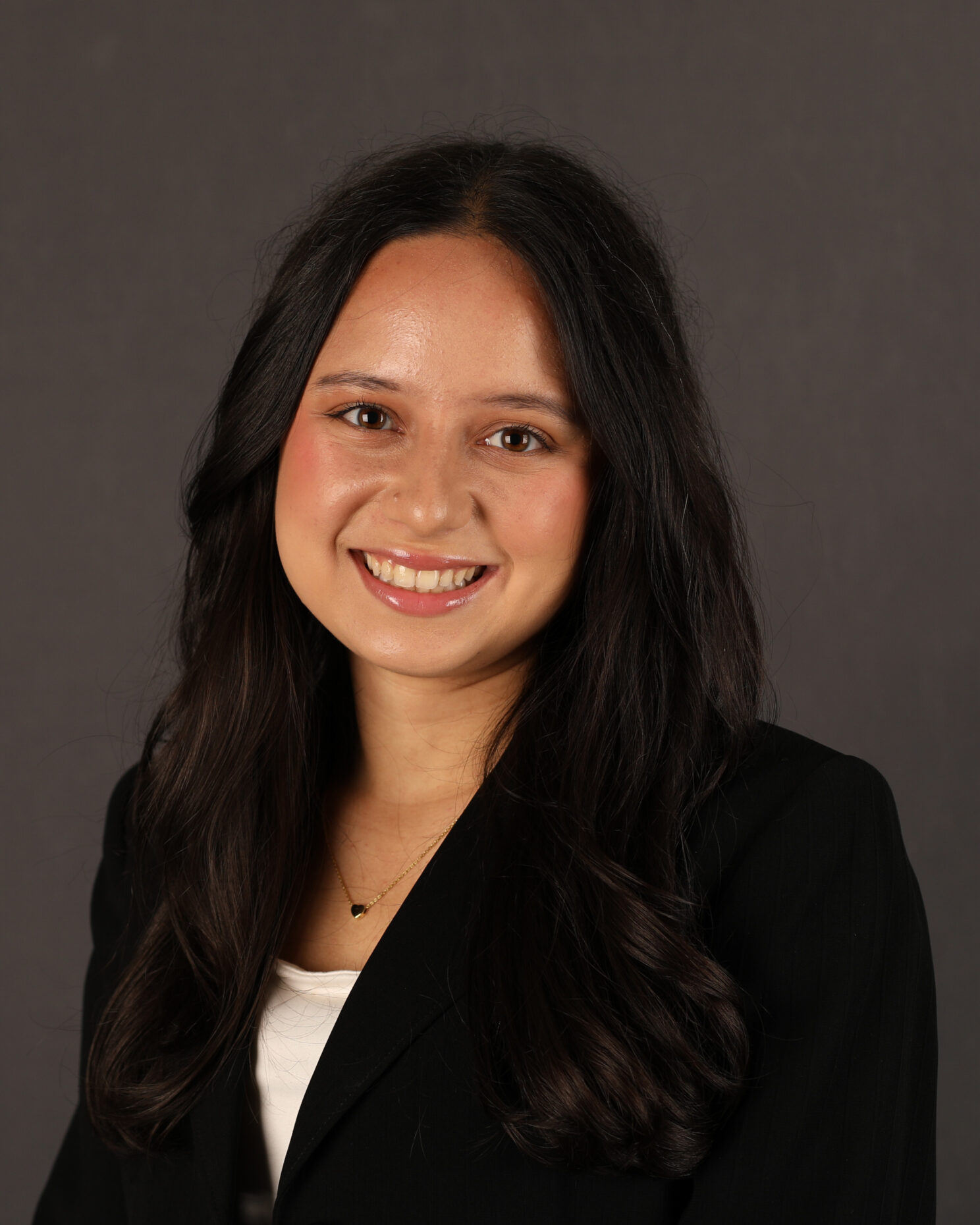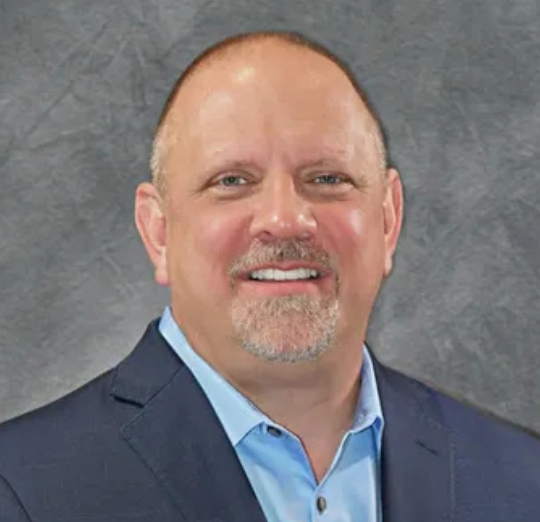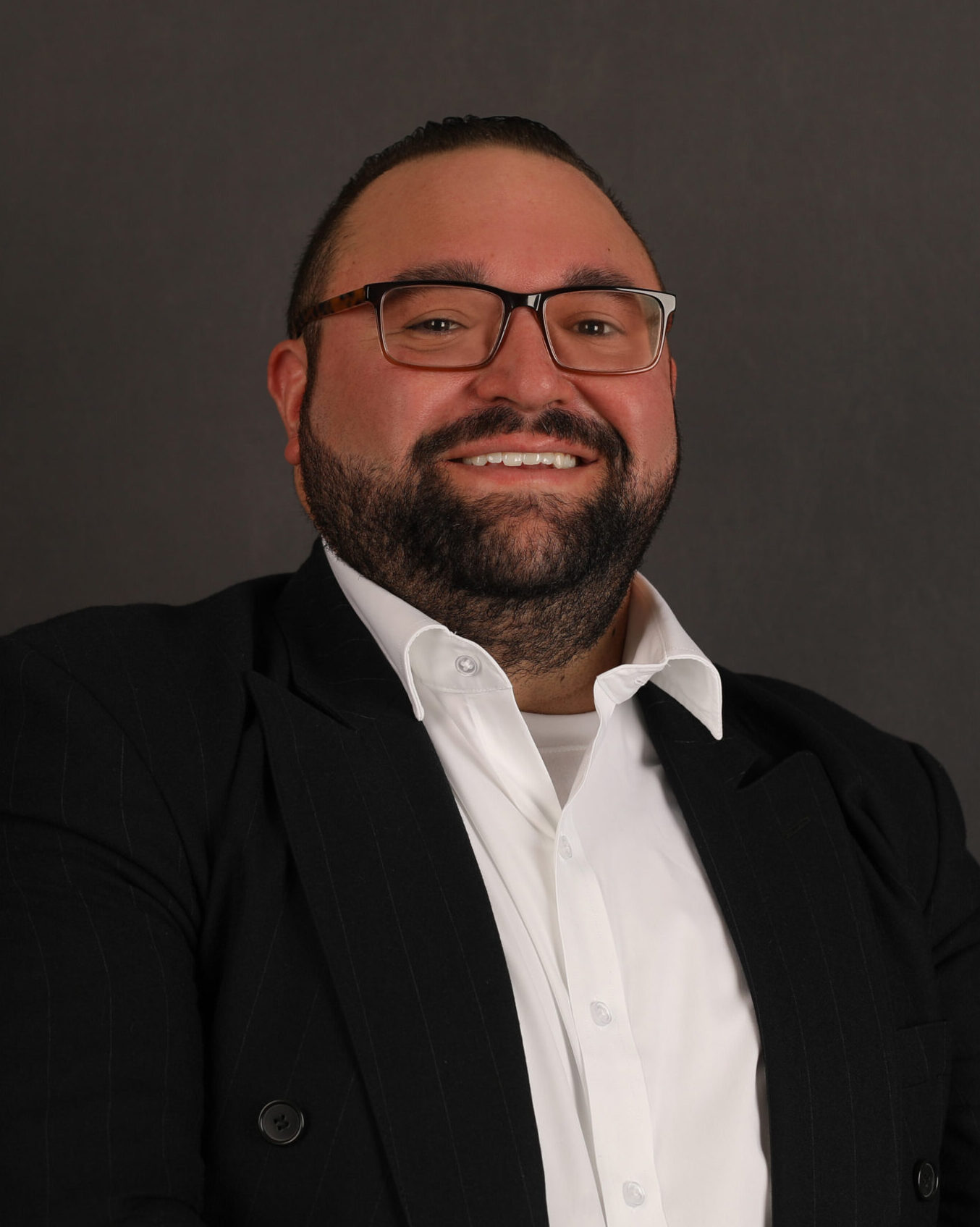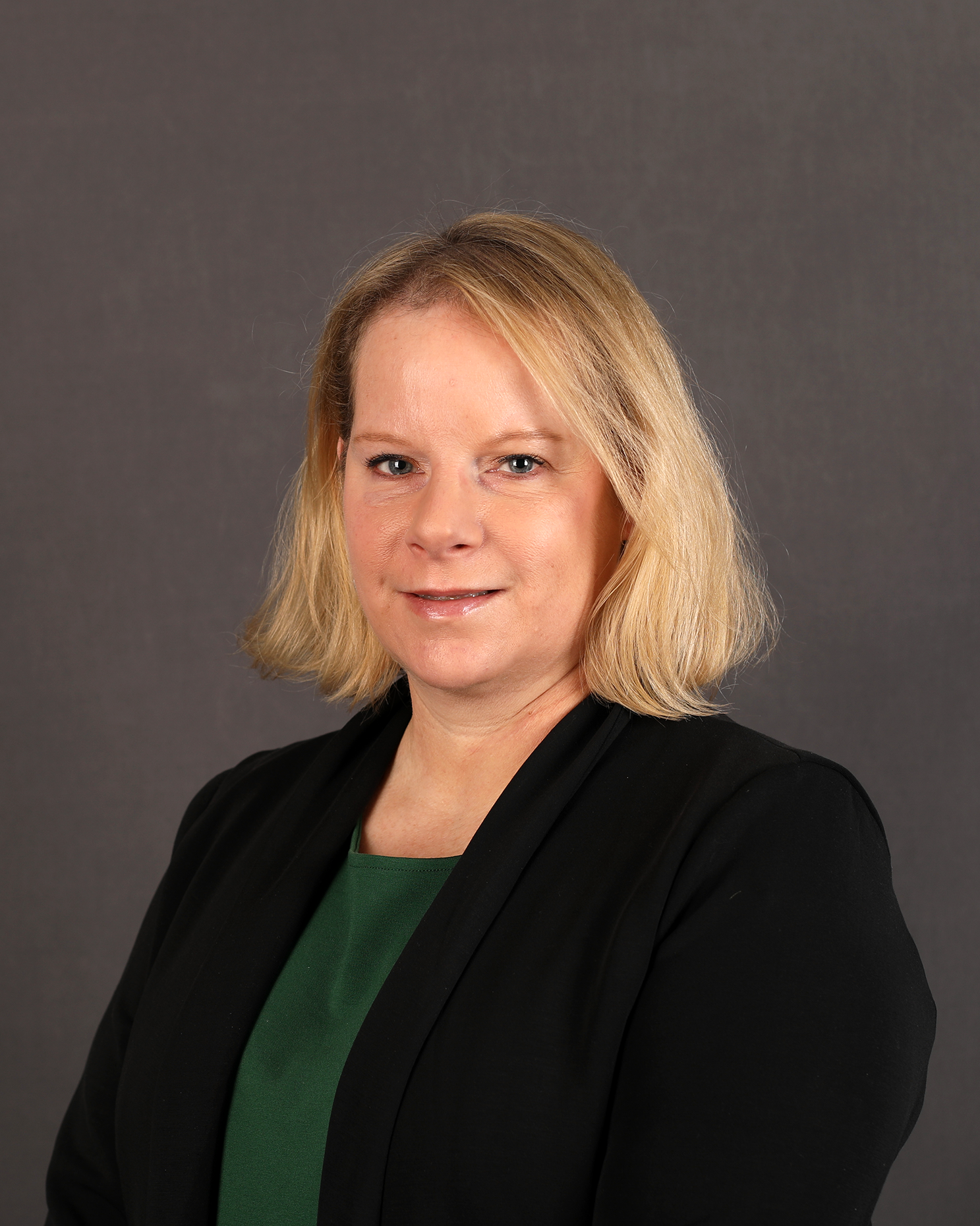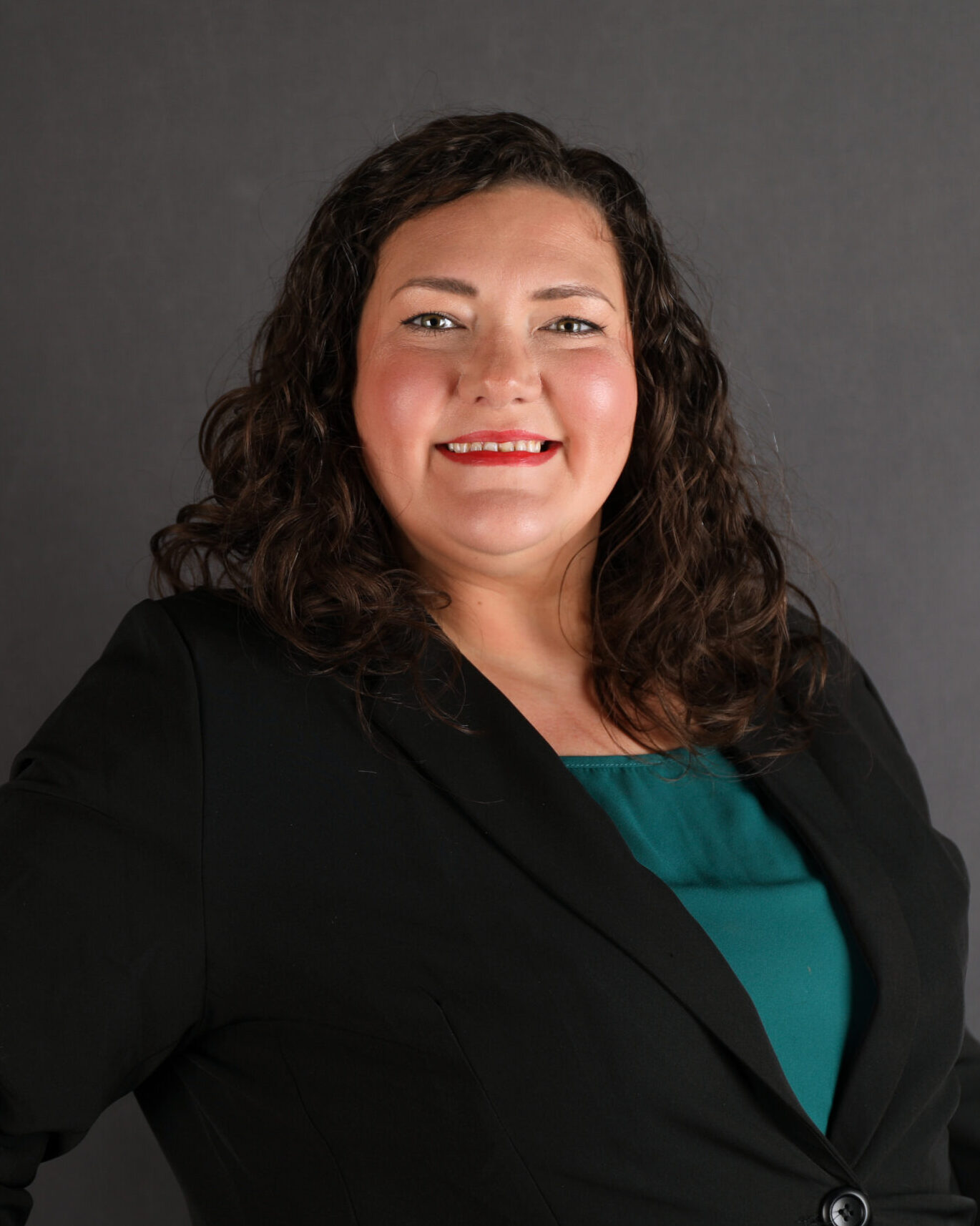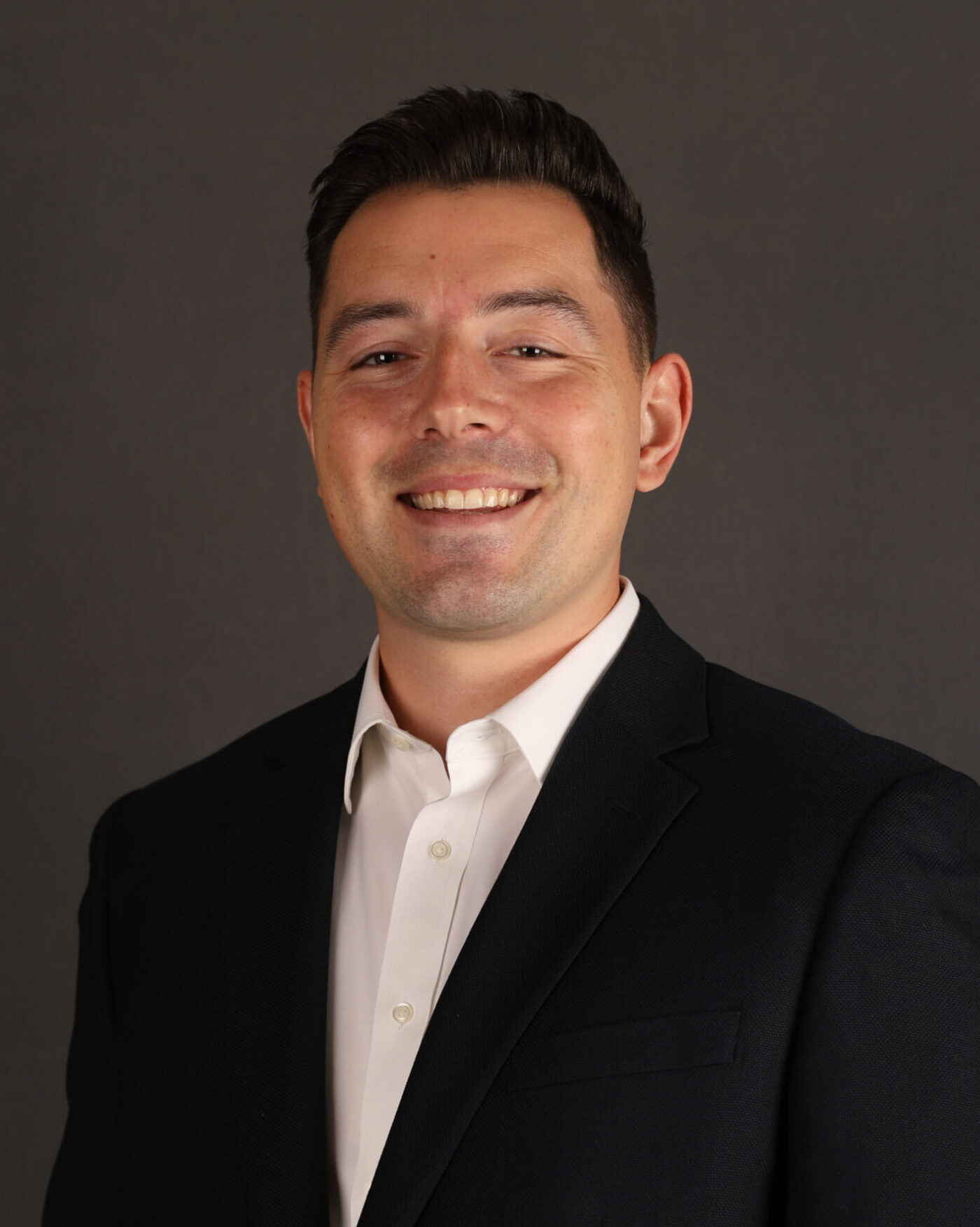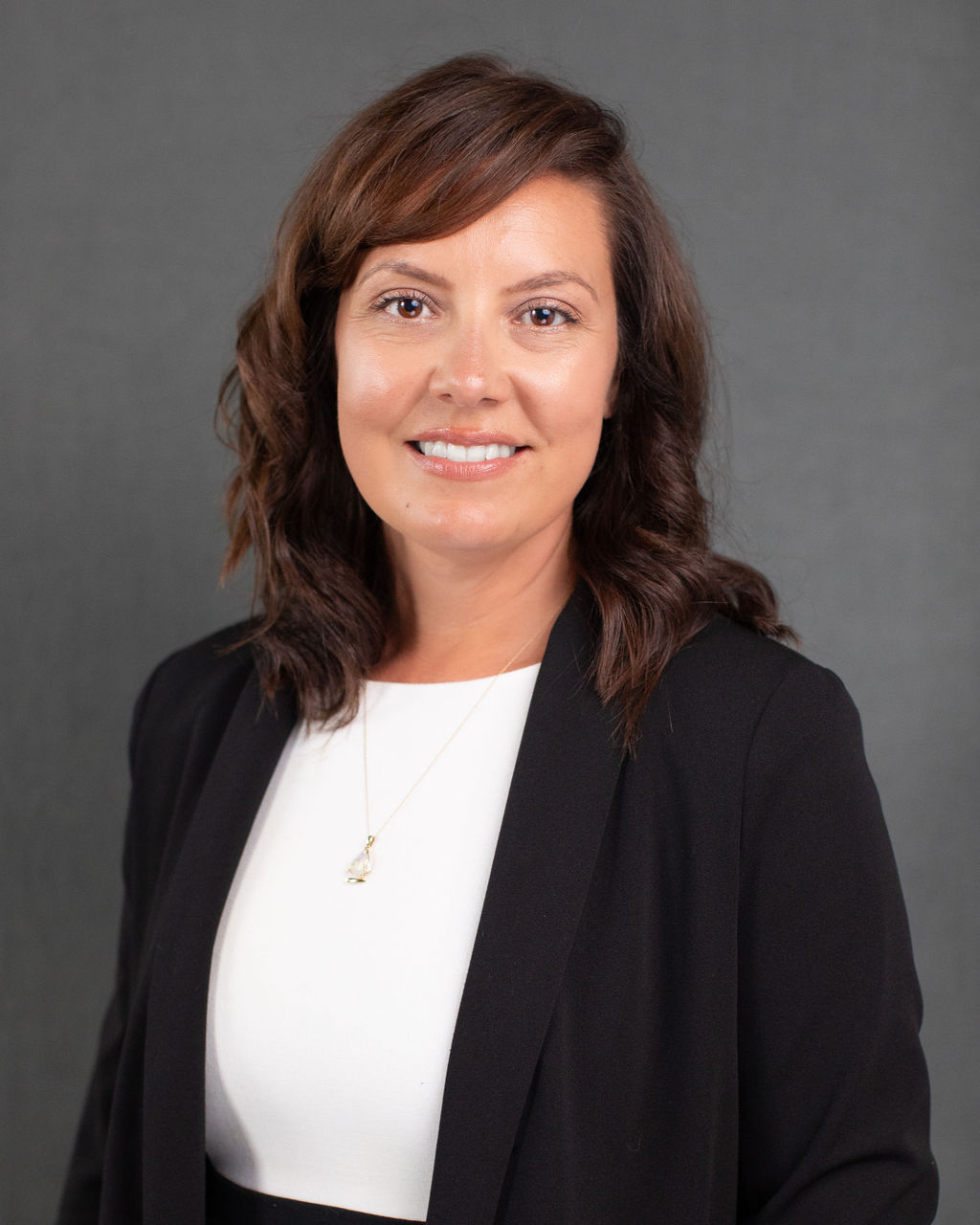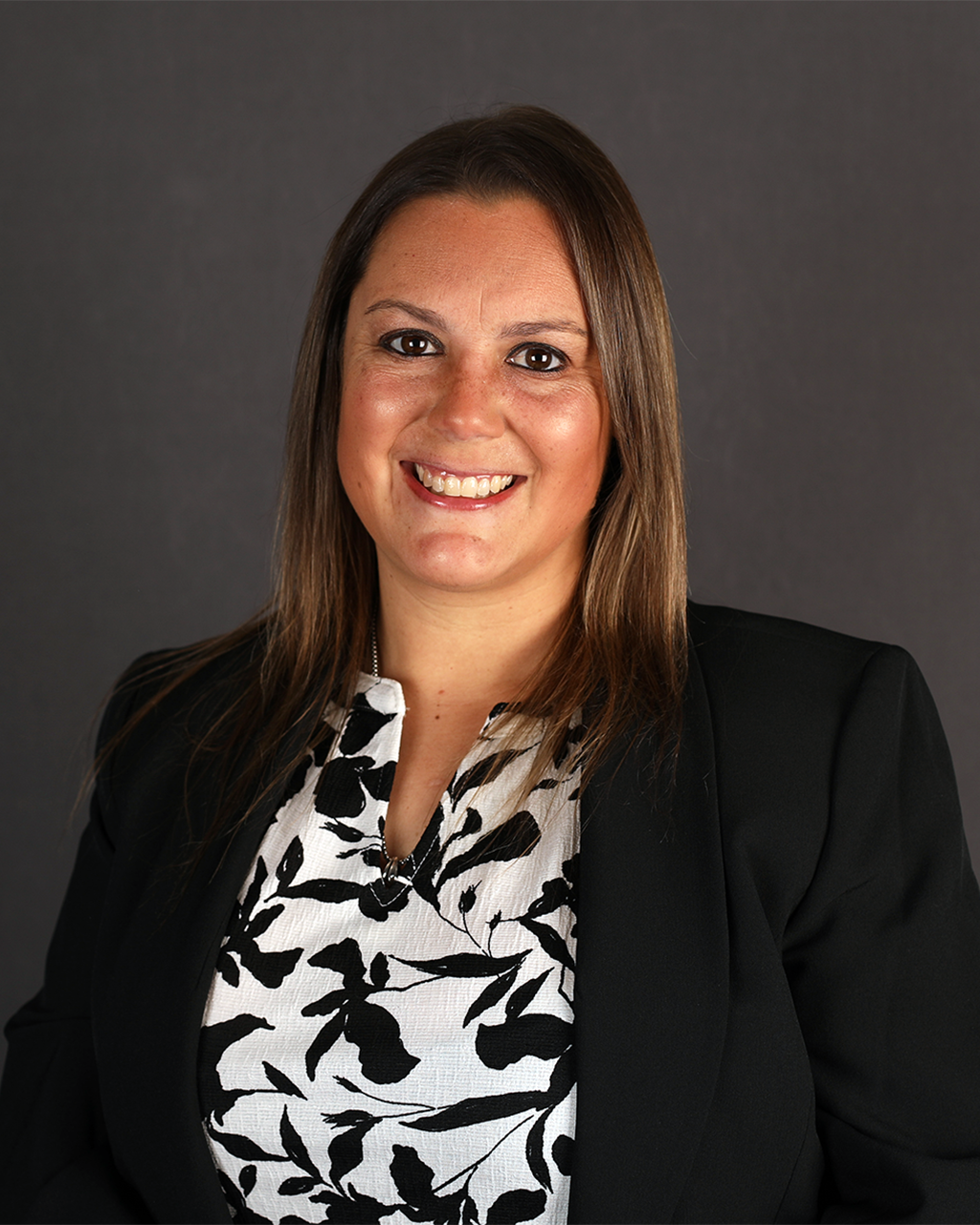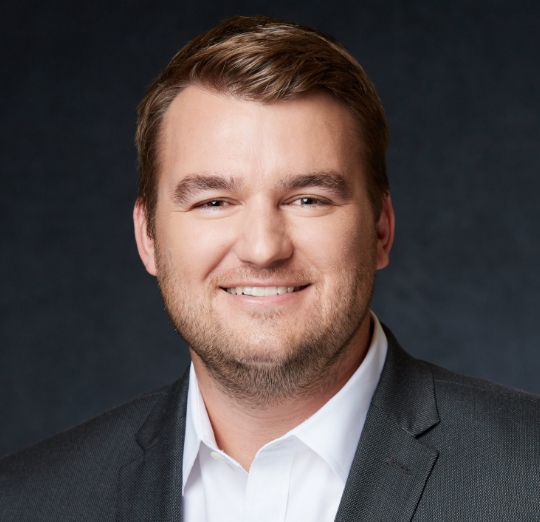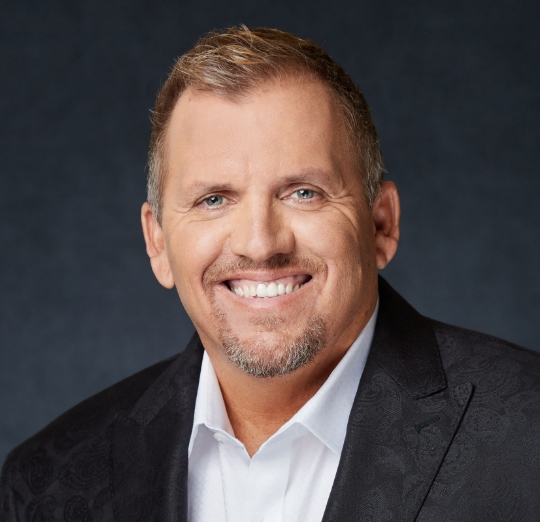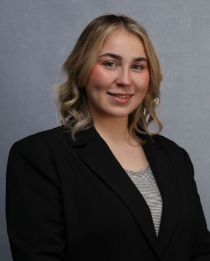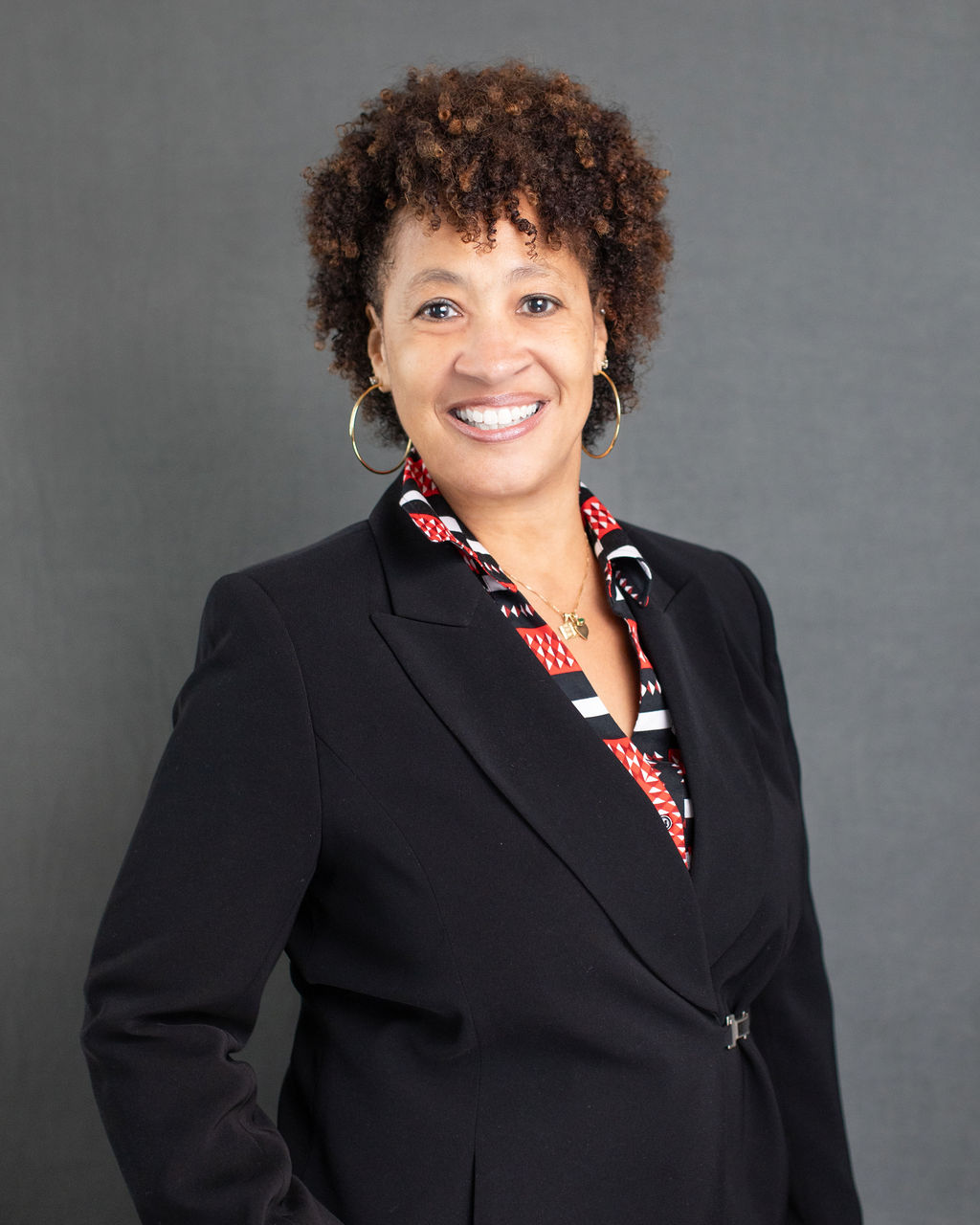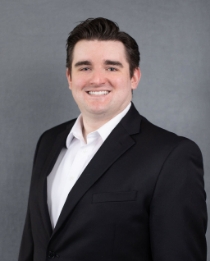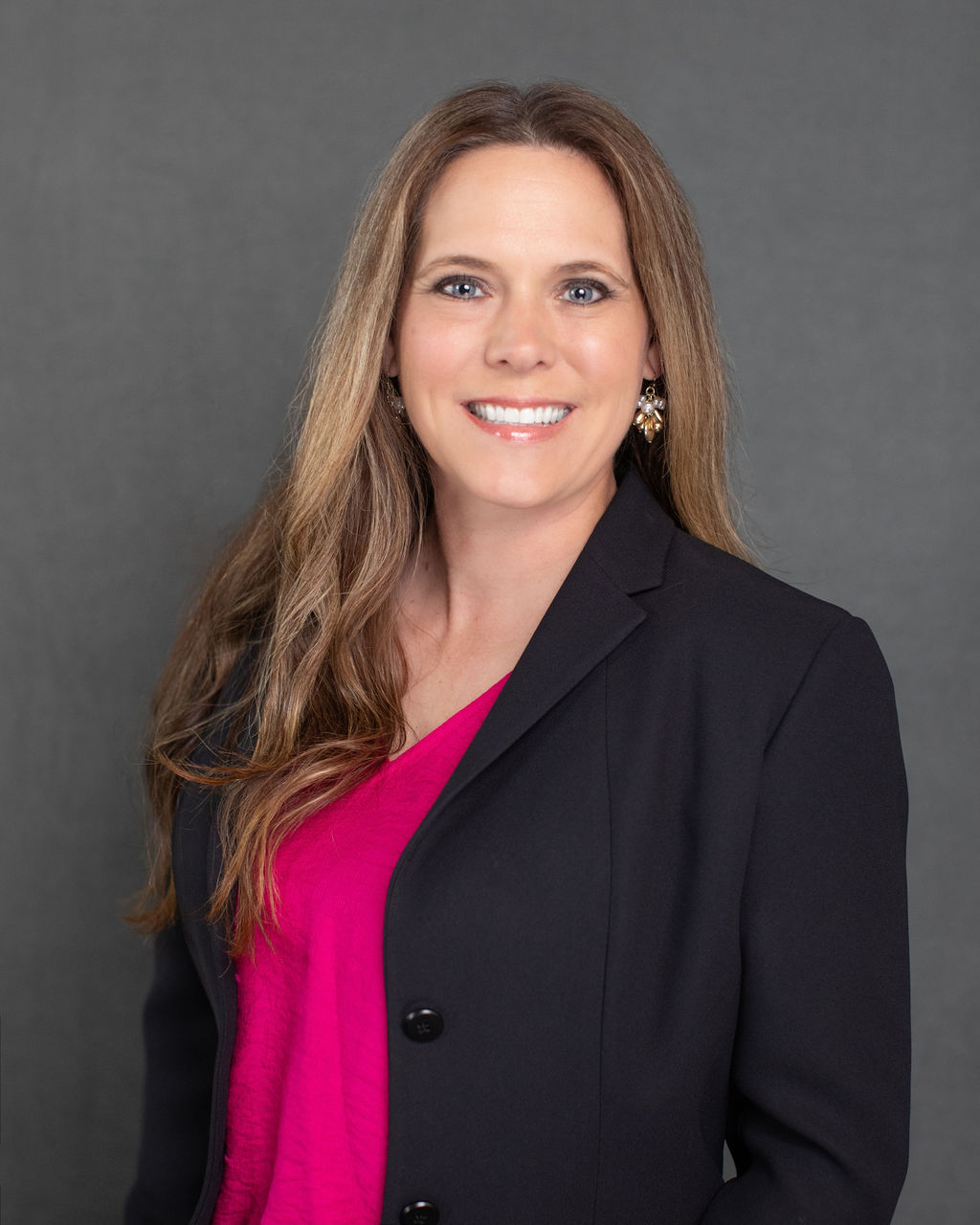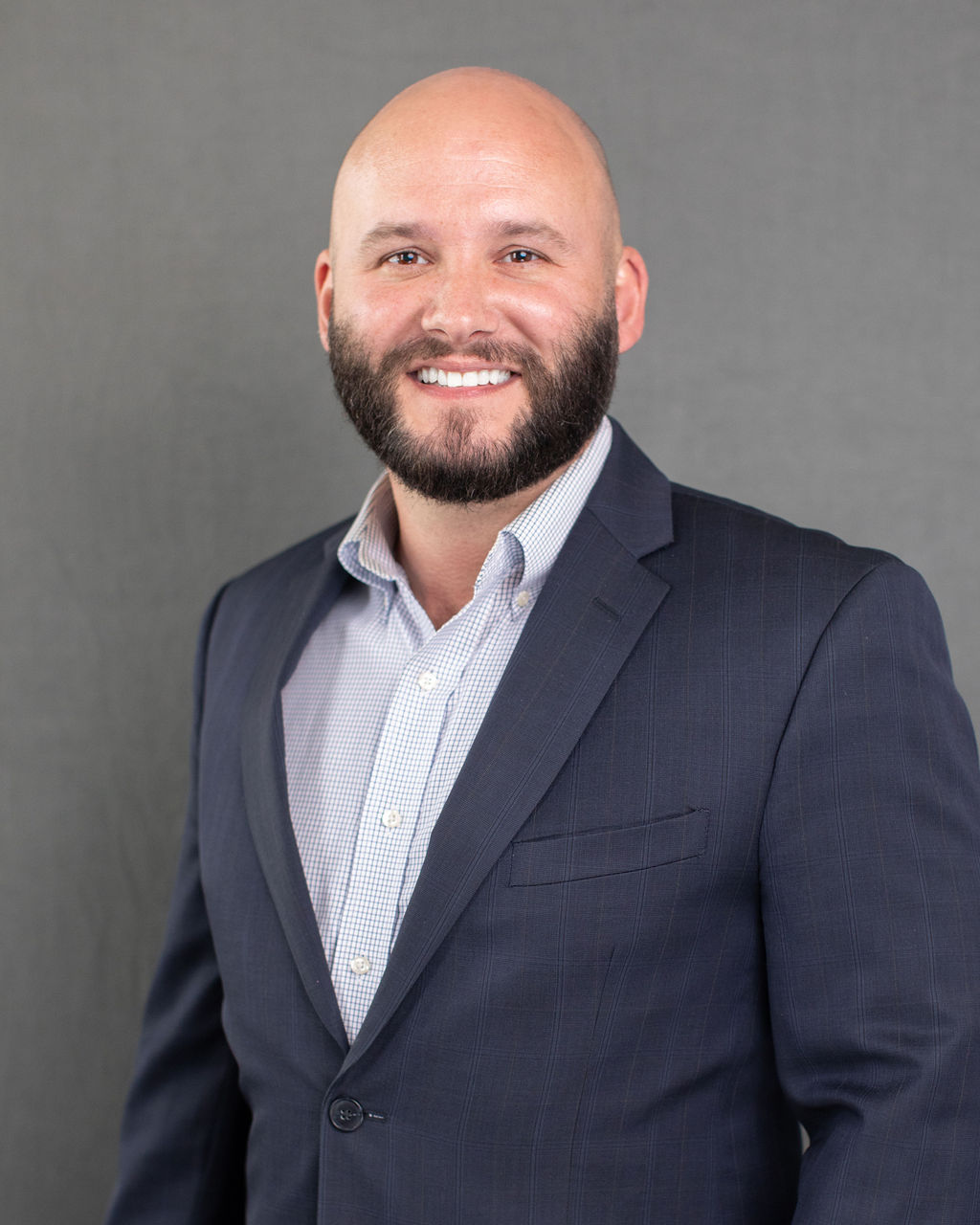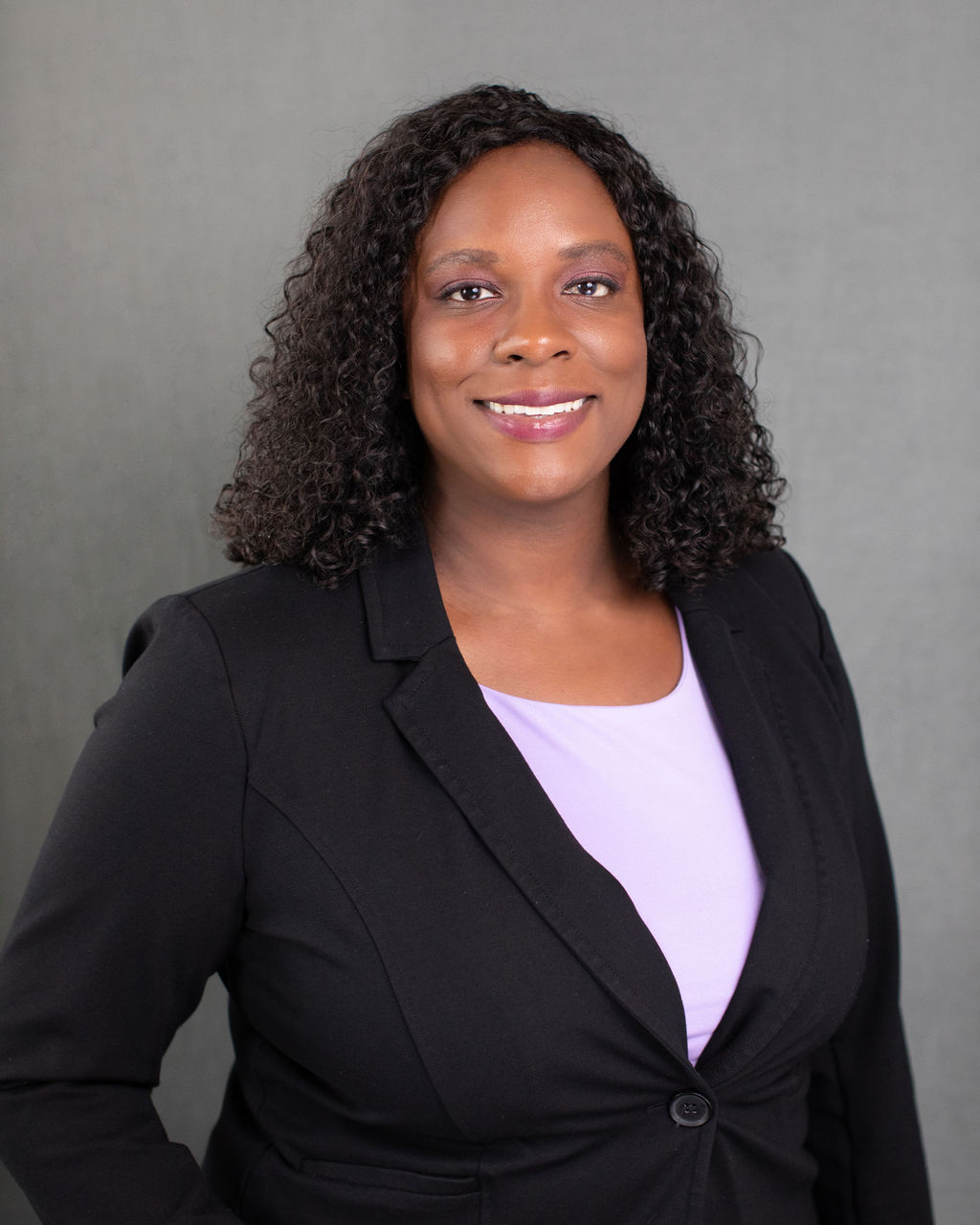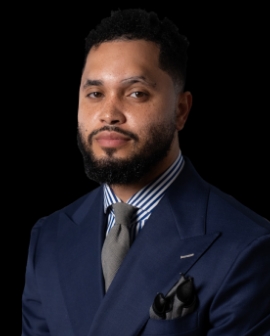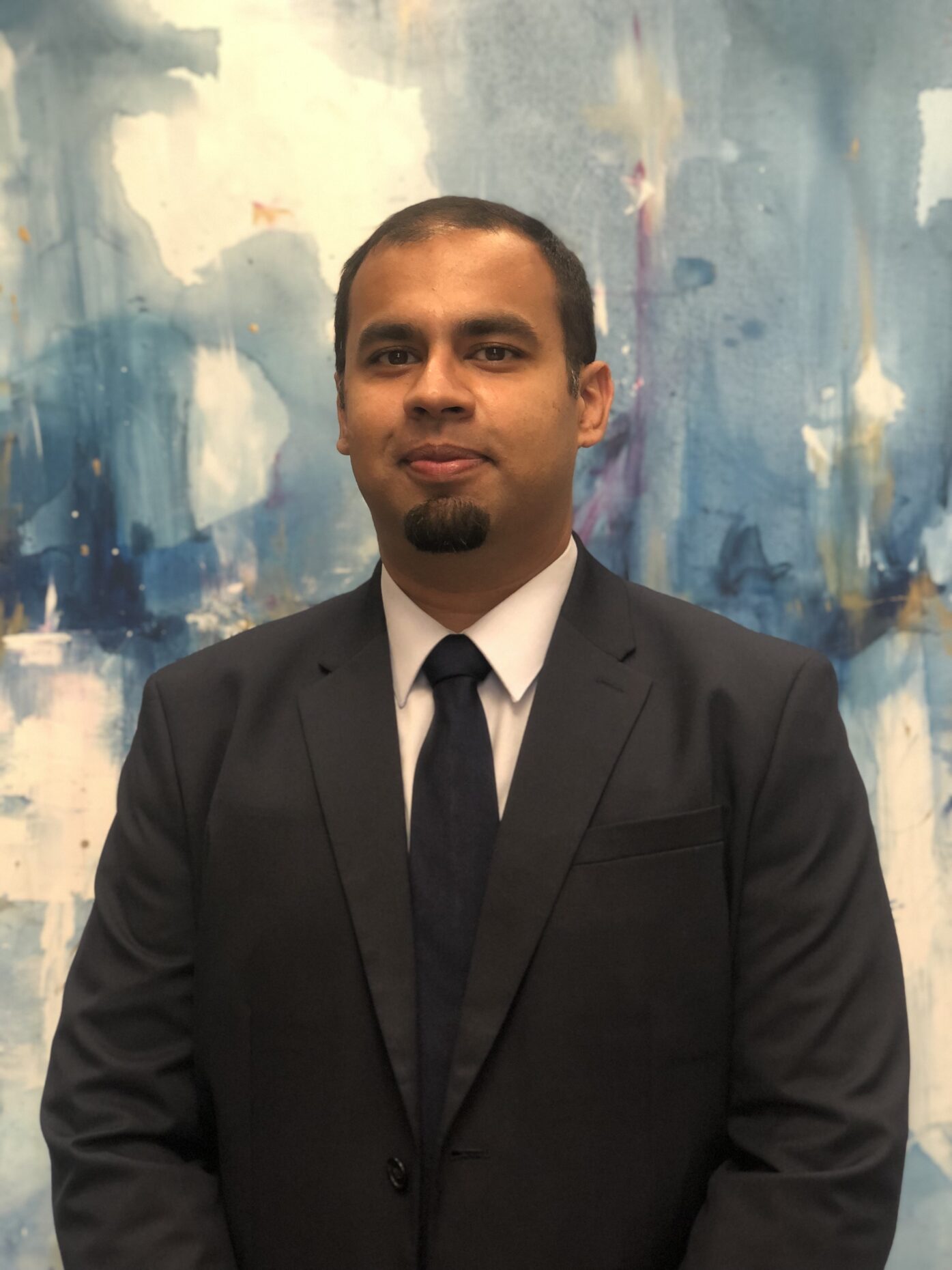Nothing Is Certain… But Death And Taxes…Till Now!

Long Committed To Tax Efficient Distribution Of Retirement Income, Veteran Financial Advisers And Radio Hosts Art Mcpherson And Michael Canet Pool Their Passions As Co-authors Of The Amazon Bestseller ‘nothing Is Certain…but Death And Taxes…till Now!’
Jonathan Widran
Updated 2.2021
Well-established masters of their craft who have individually and collectively been helping thousands of clients navigate and achieve added peace of mind in their retirements for 30 years, veteran financial advisors Art McPherson and Michael Canet JD, LLM’s company Prostasis is an SEC-registered firm with over $600M in combined assets*, bringing in an average of $100M a year in new assets
Their mutual belief that tax planning matters, clients need a holistic approach to retirement, and their desire to help clients keep as much of their hard-earned money as possible led them to collaborate on their groundbreaking, cleverly titled Amazon bestseller Nothing is Certain…But Death and Taxes…Till Now!
Beginning with their sobering assessment of the frantically rising national debt and the likelihood that paying down the government’s $156+ trillion-plus in future obligations will result in higher taxes, the book is an impactful, easy-to-understand but highly detailed primer on how retirees and those approaching retirement age can make the best choices for their money. Chapter by chapter, the authors build their compelling case with an investment and distribution framework designed to lead readers to realize that, with the right creative strategies in place, a completely tax-free retirement is easier to achieve than many think
Both Art and Mike lead established, top-five-percent annual grossing advisory firms in different states — Art owns The McPherson Financial Group LLC in Melbourne, FL, Mike heads the Prostasis Financial Group, LLC in Hanover, MD — and have shared their experience and wisdom individually with listeners nationwide on their syndicated radio shows, Art’s “The Art of Money Radio” and Michael’s “The Savvy Investor,” which was also on TV. Between the two of them, they have talked finance and personal issues with everyone from Shaquille O’Neal and Dolly Parton to Mike Tyson and the Doobie Brothers.
Yet Art and Mike have thrived like never before since hitting it off in the mid-2010s at a top producer conference and quickly deciding to pool their resources on case development and high-level planning for certain clients. Making a colorful golf analogy to illustrate the success of their effective tag team approach, Michael muses, “We’re the financial equivalent of having both Tiger Woods and Dustin Johnson as your golfing coaches. At the end of the day, whether we are in the same room with the client or not, we offer the best of our individual skills sets to the client.”
Art and Michael have unique differences in background and approach that perfectly complement each other. Art is a fiduciary who received his LUTCF® designation from The American College and the National Association of Insurance and Financial Advisers. In addition to being a fiduciary, Mike has a Master’s of Law and Letters in Taxation (LLM) and a JD. Mike has a tendency to be wonky and overwhelm clients with technical language. Art has an innate ability to take the information he knows a client needs and convey it in a simplified way so that the client feels, in Mike’s words, “warm and fuzzy, taken care of, safe and secure.”
“Art tells me I spend half my life in Florida, not near the DC Beltway, so I need to slow down,” Mike says. “His real strength with the people we work with is the very personal empathetic connection he makes with people. We like to say, Art listens first, talks second, and I talk first and listen second.”
The one area where Art and Mike see eye-to-eye on behalf of their clients is taxation — that, whatever financial asset level they are at, if losing 20-30 percent of their accumulated wealth to taxation is, in Mike’s blunt terms, “a stupid way to go through retirement.” Art says, “When we first met, one of the things that got me interested in working with Mike was his comment to me that I thought was very different than anything I had heard from an advisor before. He said his goal was to have all his clients paying zero federal taxes in retirement. At first, I took this as a platitude but when he insisted, ‘No, I really aim to do that,’ I was all ears.”
Art agreed with his future collaborator that while the financial planning industry is often quite good at accumulation, growing assets for clients, there’s a deficiency when it comes to turning that number into lifetime income to be distributed throughout one’s retirement years. There are several reasons why they believe the industry is weak on that side. First and foremost, the financial industry has internal rules that largely prohibit advisers from having conversations about tax and estate planning. Mike says he may be cynical, but he also thinks it’s a matter of laziness. Typical advisors get paid for investing money and they don’t make any extra for adding tax advice to their list of services. Usually, they will suggest the client contact their accountant/CPA for such advice, just as they would defer estate planning issues to a lawyer who specializes in that field.
“For us,” Mike says, “the idea is that money is more than just investing, it’s about peace of mind, legacy and gaining the fruits of all the smart choices you’ve made in your years of working. The goal for our clients is not just teaching them how to invest money, but also creating income streams that are tax efficient. That means finding effective, completely legal ways to stop them from losing the 20-30 percent off the top in taxes that might happen if they don’t have these strategies in place. If you can handle another sports metaphor, working with us is like having a manager and a coach looking at all aspects of your financial life to move them comfortably in that direction. We always choose to do the right thing for our clients. Because we typically don’t get paid for tax planning, it’s a value we add because it’s in their best interests.
“As a general rule,” he adds, “say you’ve been saving for 25-30 years in your 401(k) and now have accumulated more money than you’ve ever had. Great, but now you have to find a way to manage it so that it doesn’t run out over the next 20-30 years while dealing with four or five market corrections along the way. That’s a big ask for people. Art and I are here to walk alongside you, making sure that your money pays out tax efficiently and in a way that is most beneficial for our clients and their families. I like to make the analogy that our job is to hold your hand, sometimes to force you across the street, sometimes to keep you from running across.”
Art and Mike’s collaboration on Nothing is Certain…But Death and Taxes…Till Now! evolved organically from the topics they’ve often discussed on their radio shows and the many courses they have taught to clients and prospective clients over the years. It’s founded on the belief that, as Mike puts it, “It doesn’t matter how much you make, rather it is how much you keep at the end of the day that counts.” The book was their way of giving back while putting their accumulated knowledge and wisdom in written form as a supplementary educational tool.
The two recognize the unique statistic that while roughly 75% of the public sees their CPA as their most trusted adviser, only 10% of CPAs in the financial industry will offer the kind of guidance they do when it comes to lowering individual tax bills.
Mike says, “Obviously, Art and I think we’ve got the best solutions, but if you’re going to do your taxes yourself or have another adviser, we want to make sure you’re taken care of. By making this book available to the public, we’re offering another tool to make sure people are in a better place in their retirement, which in turn means a stronger legacy for their heirs. There’s certainly a lot of math, and important tax charts included, but it’s a book anybody can read easily, not written with technical jargon but in an approachable style. It’s aimed to inform any lay person who wants to understand the impact of taxes on their personal life, whether they have $100,000, $1 million or $10 million in retirement funds. Over time, we’ve found that more clients have become aware of how taxation affects their lives, and we’re glad that our practices and collaborative efforts are driven by educating people about these ramifications.”
In the chapter titled “The Three Buckets: Taxable, Tax-Deferred and Tax Free,” Art and Mike explain in detail the importance of understanding the various investment buckets most retirees use. It’s a powerful, visual way to show them where their money is distributed and the tax implications of their various assets.
The taxable bucket is the one that contains assets from which you pay your taxes on each year – assets and investments like bank accounts, mutual fund accounts, stock accounts and brokerage accounts. The tax-deferred bucket includes vehicles that are taxed at the time the funds are distributed – including such accounts as the 401(k), 403(b) and traditional IRAs. The vehicles on the tax three bucket include Roth IRA, Roth 401(k), interest from municipal bonds and cash value life insurance. In this bucket, the profit from these accounts can be withdrawn tax free using such common investment strategies as Roth IRAs and Roth 401(k)s.
Another important element is the part of the “Understanding Required Minimum Distribution (RMD)” chapter that addresses The Secure Act of 2019, which changed the most popular retirement plans in the U.S. Major elements of the bill include: raising the minimum age for RMDs from 70½ years of age to 72 years of age; allowing workers to contribute to traditional IRAs after turning 70½ years of age; allowing individuals to use 529 plan money to repay student loans; eliminating the so-called stretch IRA by requiring non-spouse beneficiaries of inherited IRAs to withdraw and pay taxes on all distributions from inherited accounts within 10 years; and making it easier for 401(k) plan administrators to offer annuities. Art and Mike dig into the weeds of the changes, including the positive aspects, and emerge with effective strategies to seamlessly navigate its downsides.
“Anytime there is a new tax roadblock where the government makes new rules geared towards taking more of our money, we need to come up with solutions on how to overcome them,” Art says. “Required distribution at 72 sounds beneficial to the public, but in reality, they’re just shifting $87 trillion from the baby boomers to their children. The government asked itself, ‘Do we take that amount over 50 years or squeeze it into a ten-year period?’ It used to stretch over the full life expectancy of a child or grandchild, but now the government found a way to guarantee themselves taxes over this shorter ten-year period.”
While each chapter offers empowering nuggets of wisdom from these two experts who have been in the tax trenches for decades, Mike thinks the book’s overall impact will be to simply make people more aware of these issues – and find ways to avoid paying taxes they are not legally obligated to pay.
“One of the key takeaways is that taxes matter, they absolutely matter in life,” he says. “We cannot ignore them, and they don’t go away. I would challenge anyone after reading our book to answer this question: ‘How can I rely on someone for investment advice who cannot tell me the tax ramifications of their advice?’ To our thinking, it’s insane for advisers to make recommendations and not disclose that their clients are going to lose up to 40 percent of their money every time they spend a dollar. Our goal is to provide a better understanding of these implications because – I will say it again – taxes matter. Nothing is Certain…But Death and Taxes…Till Now! reflects the mindset and collective knowledge Art and I bring to the table.”
“Hopefully,” Art adds, “when readers in the general public take to heart what we share, it will inspire them to ask the financial services firm and personal advisers they trust if they are considering these tax strategies.”
*Combined assets defined as assets under management “AUM” and insurance-based products. For more information on the Firm’s AUM please see: https://reports.adviserinfo.sec.gov/reports/ADV/132662/PDF/132662.pdf.
